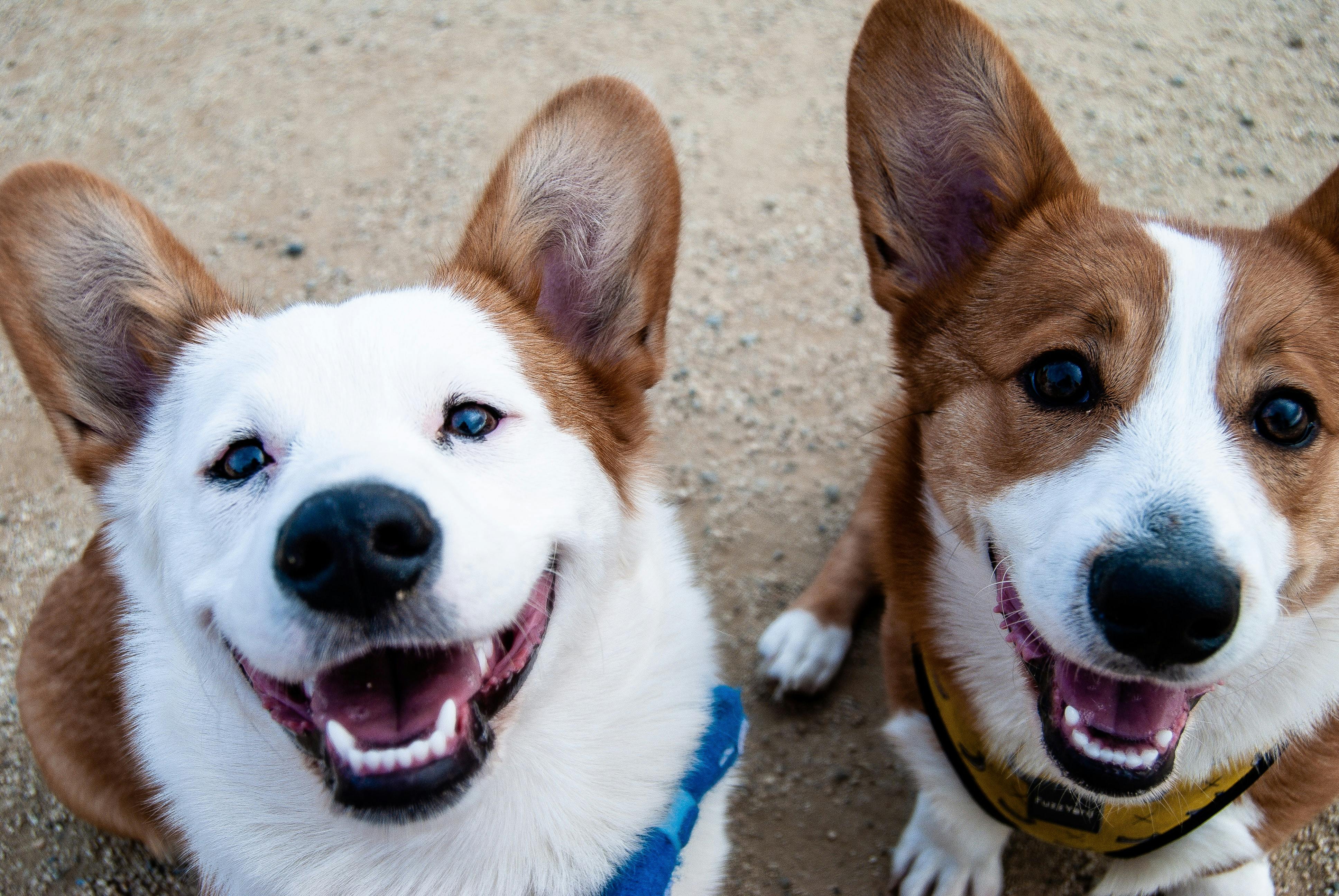Published: 7/23/2021
How would you describe the tail of a Cocker Spaniel or Corgi? Short and stumpy, or long and fluffy? Many of us would go with the first description, but did you know that these breeds don’t have naturally bobbed tails?
Like most other dogs,
Cocker Spaniels,
Corgis,
Schnauzers, and
Dobermans, to name a few, are born with full tails. This may come as a surprise to some as we’re so used to seeing these pups walk around with short little nubs, but those nubs are actually the result of a practice known as tail docking.
Tail docking is the removal of a portion of a dog’s tail. It is performed shortly after birth without anesthesia, before a puppy turns 5 days old. Historically, dog’s tails were docked for the following reasons:
- Ancient Romans believed that tail docking could prevent rabies.
- In the 19th century, people in the lower class were not allowed to hunt game, so their dogs’ tails were docked; the tail supposedly helped a dog be a better hunter.
- Working dogs’ tails were docked to prevent injury during certain activities (a tradition that continues to this day).
According to the American Kennel Club (AKC), tail docking defines and preserves breed character and helps specific breeds safely perform tasks for which they were originally developed. The club currently recognizes 62 breeds with docked tails, including the
Rottweiler,
Weimaraner, and
Yorkshire Terrier.
For some breeds, tail docking emerged as a means to improve appearance. Tail docking for cosmetic purposes began as early as the 19th century, and during the 1950s the practice became established in pedigree dog shows in the United States.
Is tail docking necessary?
The AKC states that despite the lack of anesthesia during tail docking, a puppy feels little to no pain since their nervous system is not yet fully developed. However, the American Veterinary Medical Association (AVMA) and British Veterinary Association (BVA) maintain that tail docking is painful and may negatively affect the development of a puppy’s vulnerable nervous system. Additionally, poorly performed docking can lead to chronic pain.
Proponents of tail docking say that the procedure is carried out for the dogs’ safety, especially for working dogs whose tails may get caught or damaged when going through thick brush or under a fence. It has also been suggested that
guard dogs can be grabbed by the tail to stop them from attacking.
Tail injuries are actually very uncommon, with an incidence of 0.21 to 0.39 percent being reported in dog populations per year. Moreover, a study conducted in the United Kingdom found that working dogs (predominantly gundogs) were not at significantly greater risk of
tail injury than their non-working counterparts, and that approximately 500 canines would need to be docked to prevent a single injury. Interestingly, it’s kenneled dogs who are more at risk of hurting their tails.
What are the effects of tail docking?
Does tail docking have any long-term negative effects? Though the evidence is not conclusive, it has been suggested that dogs with docked tails may have underdeveloped pelvic musculature and higher incidence of
incontinence. Another possible implication is that docking takes away an important part of dog-dog communication. Since canines convey a lot of information using their tails, dogs may have a harder time “reading” the emotional state and intentions of a dog with a docked tail.
A study conducted by researchers at the University of Victoria looked at how tail length affected intraspecific
communication in dogs. They placed a robot dog that looked like a Labrador Retriever in an off-leash exercise area and outfitted it with a long tail. When the robot’s tail was wagging, it was approached by other dogs in a friendly manner. When the tail was held upright and motionless, the other dogs avoided it. The next day, the tail was replaced with a shorter “docked” version. The other dogs approached the robot cautiously, regardless of whether its tail was
wagging or not.
Tail docking also influences our perception of dogs. A study published by researchers from the University of British Columbia found that canines with docked tails (and cropped ears) were seen as more aggressive, more dominant, and less attractive than those with natural features. Unfortunately, this can affect the popularity and
adoptability of certain breeds.
What do vets say about tail docking?
Since 2008, the AVMA has opposed “ear cropping and tail docking of dogs when done solely for cosmetic purposes” and encouraged “the elimination of ear cropping and tail docking from breed standards.” The association also states that cosmetic docking has “no obvious benefit” to dogs.
The American Animal Hospital Association (AAHA) is also “opposed to ear cropping or tail docking for cosmetic purposes as well as for breed standard purposes” and encourages its members to “discontinue such elective procedures in their hospitals.”
Earlier this year, VCA Canada announced a company-wide ban on tail docking and other cosmetic surgical procedures. The group stated that these procedures are “often
painful for pets” and “serve no medical purpose.”
In addition, non-therapeutic tail docking, or docking without a medical reason, is illegal in countries such as Australia, England, and Wales.
Removing a dog’s tail for cosmetic purposes causes unnecessary pain and takes away a vital part of their self-expression. Unless there’s a medical reason, let us let dogs keep their tails—it’s much better that way!


